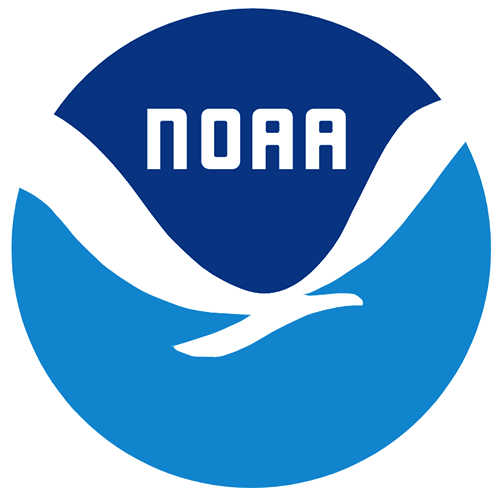2009 USGS Coastal Lidar: Post-Ida (NC)
Welcome Guest ( Sign In )
NOAA
 This is a bare-earth data lidar data set that was collected on November 27, 29 and December 1, 2009 along the shoreline of the Cape
Hatteras National Seashore in Dare and Hyde Counties in North Carolina, after Nor'easter Ida.
Binary point-cloud data were produced from remotely sensed, geographically referenced elevation measurements cooperatively by the U.S. Geological
Survey (USGS) and the National Park Service (NPS). Elevation measurements were collected over the area using the Experimental Advanced Airborne
Research Lidar (EAARL), a pulsed laser ranging system mounted onboard an aircraft to measure ground elevation, vegetation canopy, and coastal
topography. The system uses high-frequency laser beams directed at the Earth's surface through an opening in the bottom of the aircraft's fuselage.
The laser system records the time difference between emission of the laser beam and the reception of the reflected laser signal in the aircraft. The
plane travels over the target area at approximately 50 meters per second at an elevation of approximately 300 meters, resulting in a laser swath of
approximately 240 meters with an average point spacing of 2-3 meters. The EAARL, developed originally by NASA at Wallops Flight Facility in Virginia,
measures ground elevation with a vertical resolution of 15 centimeters. A sampling rate of 3 kilohertz or higher, results in an extremely dense spatial
elevation dataset. Over 100 kilometers of coastline can be easily surveyed within a 3- to 4-hour mission. When subsequent elevation maps for an area
are analyzed, they provide a useful tool to make management decisions regarding land development.
Original contact information:
Contact Name: Amar Nayegandhi
Contact Org: Jacobs Technology, U.S. Geological Survey, St. Petersburg Coastal and Marine Science Center, St. Petersburg, FL
Title: Remote Sensing Specialist/Project Manager
Phone: 727 803-8747 (x3026)
Email: anayegandhi@usgs.gov
This data set is an LAZ (compressed LAS) format file containing LIDAR point cloud data.
This is a bare-earth data lidar data set that was collected on November 27, 29 and December 1, 2009 along the shoreline of the Cape
Hatteras National Seashore in Dare and Hyde Counties in North Carolina, after Nor'easter Ida.
Binary point-cloud data were produced from remotely sensed, geographically referenced elevation measurements cooperatively by the U.S. Geological
Survey (USGS) and the National Park Service (NPS). Elevation measurements were collected over the area using the Experimental Advanced Airborne
Research Lidar (EAARL), a pulsed laser ranging system mounted onboard an aircraft to measure ground elevation, vegetation canopy, and coastal
topography. The system uses high-frequency laser beams directed at the Earth's surface through an opening in the bottom of the aircraft's fuselage.
The laser system records the time difference between emission of the laser beam and the reception of the reflected laser signal in the aircraft. The
plane travels over the target area at approximately 50 meters per second at an elevation of approximately 300 meters, resulting in a laser swath of
approximately 240 meters with an average point spacing of 2-3 meters. The EAARL, developed originally by NASA at Wallops Flight Facility in Virginia,
measures ground elevation with a vertical resolution of 15 centimeters. A sampling rate of 3 kilohertz or higher, results in an extremely dense spatial
elevation dataset. Over 100 kilometers of coastline can be easily surveyed within a 3- to 4-hour mission. When subsequent elevation maps for an area
are analyzed, they provide a useful tool to make management decisions regarding land development.
Original contact information:
Contact Name: Amar Nayegandhi
Contact Org: Jacobs Technology, U.S. Geological Survey, St. Petersburg Coastal and Marine Science Center, St. Petersburg, FL
Title: Remote Sensing Specialist/Project Manager
Phone: 727 803-8747 (x3026)
Email: anayegandhi@usgs.gov
This data set is an LAZ (compressed LAS) format file containing LIDAR point cloud data.
